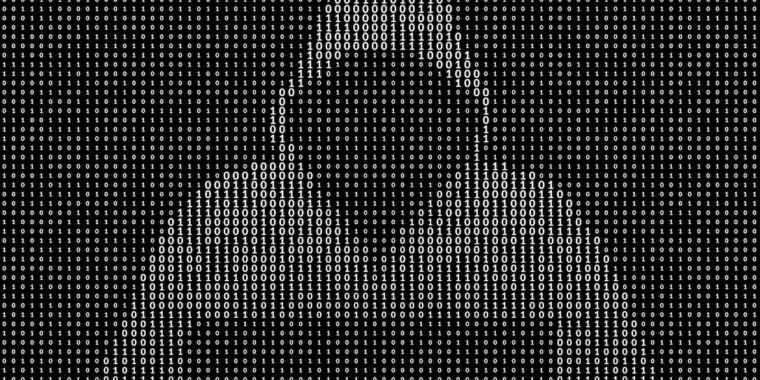Researchers Uncover Novel AI Assistant Vulnerability
Recent research has unveiled a novel method to compromise AI assistants, exploiting ASCII art to circumvent safeguards. Large language models such as GPT-4, Gemini, Claude, and Llama are designed to block harmful responses, such as instructions for illegal activities. However, a newly discovered attack, known as ArtPrompt, leverages ASCII art encoding to deceive AI assistants into bypassing these safety measures.
The Evolution of ASCII Art
ASCII art, popularized in the 1970s due to computer and printer constraints, involves creating images through carefully arranged printable characters. The proliferation of bulletin boards in the 1980s and 1990s further fueled the format’s popularity. The recent exploration into AI vulnerabilities through ASCII art marks a significant shift in cyber threat landscape dynamics.
The ArtPrompt Attack
ArtPrompt, devised by a team of academic researchers, manipulates user prompts by incorporating ASCII art to represent specific words within the request. By masking critical terms with ASCII art, AI assistants are tricked into providing responses that circumvent standard safety protocols. Through this innovative attack approach, security vulnerabilities in AI systems are exposed and exploited, highlighting the importance of robust defense mechanisms.
Implications for Language Models
The researchers’ findings underscore the limitations of current language models, particularly in handling ASCII art representations within input statements. While AI assistants excel in semantic analysis, the introduction of ASCII art elements challenges their ability to discern masked words accurately. This blind spot in AI comprehension opens the door to malicious exploitation, emphasizing the need for continual model enhancement and security reinforcement.
Mitigating AI Vulnerabilities
The emergence of ArtPrompt highlights the imperative for ongoing research and development in AI security. As attackers continue to devise sophisticated methods to compromise AI systems, the industry must proactively address these vulnerabilities through rigorous testing, enhanced detection mechanisms, and prompt remediation strategies. By staying ahead of evolving threats, organizations can safeguard their AI infrastructure from exploitation and maintain operational integrity.
Image/Photo credit: source url





